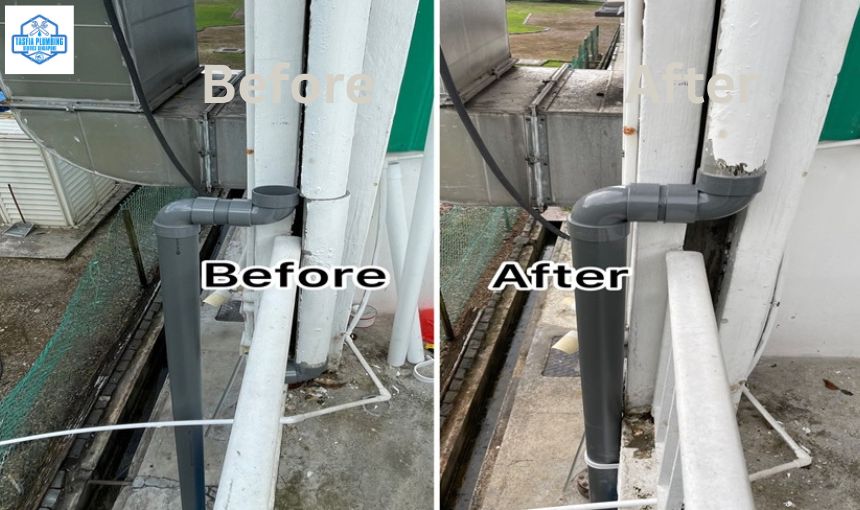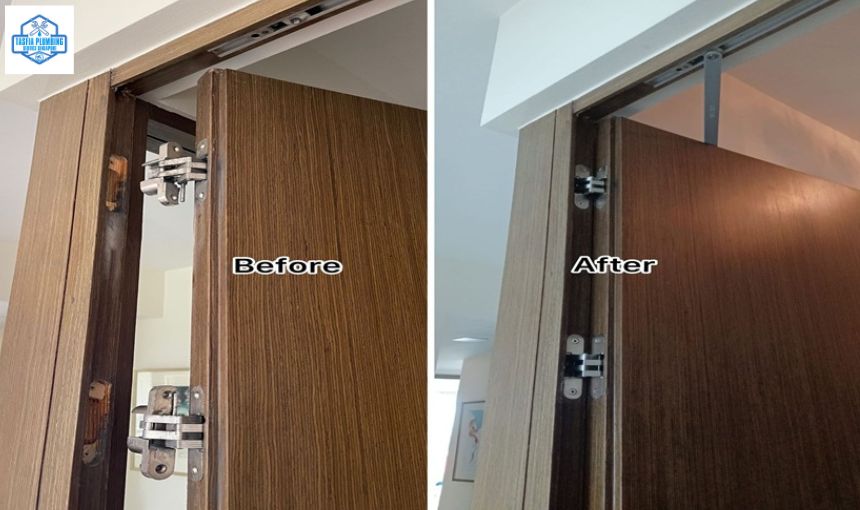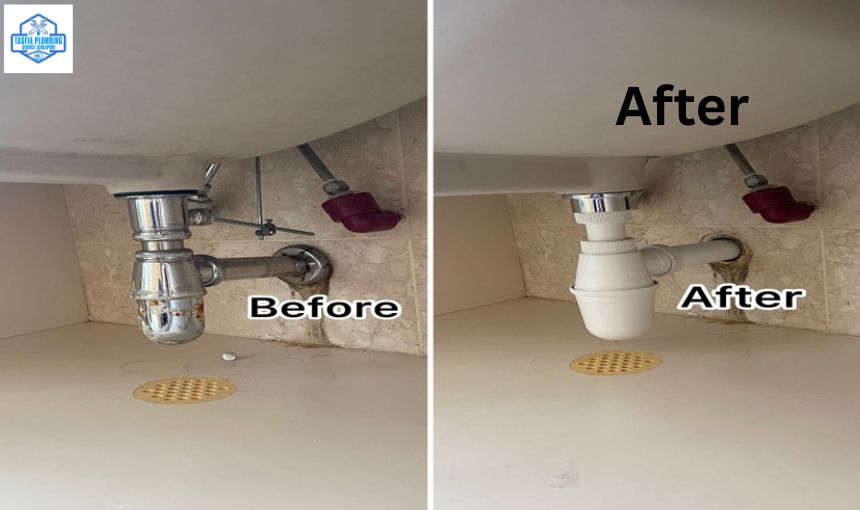- Anowar
- 28 June, 2024
Reliable Sink Pipe Replacement in Singapore- Tasfia Plumbing
By following the correct procedures, you can successfully replace sink pipes without the need for professional help. Remember to always double-check your work to prevent any future issues.
To replace a sink pipe, first remove the old pipe carefully to avoid any leaks or damage. Then, install the new pipe securely for proper functioning.
When replacing sink pipes, it's essential to use the correct tools and follow a step-by-step process. Proper installation ensures a leak-free and efficient sink drainage system. Whether you're upgrading an old pipe or fixing a leak, knowing how to replace sink pipes can save you time and money in the long run.
By following the correct procedures, you can successfully replace sink pipes without the need for professional help. Remember to always double-check your work to prevent any future issues.
Signs It's Time For Sink Pipe Replacement
If you're experiencing slow draining or foul smells from your sink, it may be time to consider a sink pipe replacement. This is especially true if you have an older home with outdated plumbing. Contact a trusted plumber for an inspection and to discuss your replacement options.
Frequent Clogs And Slow Drainage
One of the most common signs that it's time for sink pipe replacement is experiencing frequent clogs and slow drainage. If you find yourself constantly dealing with blockages or water taking longer to drain than usual, it could indicate that your pipes are due for a replacement.
Visible Corrosion Or Material Degradation
Another clear indication that you need to replace your sink pipes is the presence of visible corrosion or material degradation. Rust, discoloration, or cracks on the pipes are all signs that the pipes are worn out and require immediate attention.
Tools And Materials Needed For The Job
When it comes to sink pipe replacement, having the right tools and materials is crucial for a successful job. Whether you are a DIY enthusiast or a professional plumber, knowing the essential items needed for the task can make the process smoother and more efficient. In this section, we will discuss the tools and materials required for sink pipe replacement, helping you prepare for the job effectively.
Essential Tools For Pipe Replacement
Before you start replacing the sink pipe, it's important to gather the necessary tools to ensure a seamless process. Here are the essential tools you will need:
Adjustable Wrench: This versatile tool is essential for loosening and tightening nuts and bolts.
Pipe Wrench: A pipe wrench is crucial for gripping and turning pipes and fittings during replacement.
Hacksaw: You'll need a hacksaw to cut through the old pipes and make precise adjustments as needed.
Plumbers Tape: Also known as Teflon tape, this will help ensure tight seals on threaded connections.
Plunger: Having a plunger on hand can be useful for clearing any clogs or debris in the pipes.
Choosing The Right Replacement Materials
When it comes to replacing sink pipes, selecting the right materials is essential for a durable and long-lasting solution. Here's what you'll need:
PVC Pipes and Fittings: Opt for high-quality PVC pipes and fittings that are suitable for your specific sink configuration.
Plumber's Putty: This waterproof sealing compound is ideal for creating watertight seals around sink drains.
Sink Drain Assembly: Depending on the type of sink, you may need to replace the drain assembly to ensure proper functionality.
Plumbing Cement: If you're working with PVC pipes, plumbing cement is essential for creating secure connections.
Rubber Gaskets: These are essential for creating watertight seals at various connection points.
Step-by-step Guide To Replacing A Sink Pipe
When it comes to maintaining your sink, replacing a worn-out or damaged pipe is a common task that can be easily done with the right tools and guidance. In this step-by-step guide, we will walk you through the process of replacing a sink pipe, from removing the old pipe to installing the new one. Follow these simple instructions to ensure a smooth and effective replacement of your sink pipe.
Removing The Old Sink Pipe
Before you begin the replacement process, make sure to turn off the water supply to the sink. This will prevent any leaks or spills during the removal and installation of the new pipe.
Next, place a bucket or a towel under the sink to catch any water that may spill out during the removal process. Use a wrench to carefully loosen the slip nuts that connect the old pipe to the sink and the wall drain. Once the slip nuts are loosened, carefully remove the old pipe assembly and set it aside.
Inspect the area for any signs of damage or blockages, and clean the connections thoroughly to prepare for the installation of the new pipe.
Installing The New Pipe Assembly
Start by fitting the new pipe assembly into place, ensuring that the slip nuts are securely tightened to prevent any leaks. Double-check the connections to ensure that everything is properly aligned and sealed.
If you are using PVC pipes, apply a small amount of PVC primer and cement to the pipe ends before connecting them to create a secure and watertight seal. Allow the cement to dry completely before running water through the sink.
Once the new pipe assembly is in place and properly secured, turn on the water supply to the sink and check for any leaks. If everything looks good, you have successfully replaced the sink pipe!
Common Challenges And Troubleshooting
When it comes to sink pipe replacement, common challenges may include corroded pipes, leaks, and difficulty accessing the pipes. Troubleshooting these issues may involve using pipe wrenches, pipe cutters, and plumber's putty to replace the damaged pipes efficiently. Additionally, checking for proper fittings and seals is crucial to ensure a successful replacement.
Common Challenges and Troubleshooting: Sink Pipe Replacement When it comes to sink pipe replacement, there are a few common challenges that homeowners may face. These can include dealing with stubborn fittings, ensuring a leak-free connection, and knowing how to troubleshoot any issues that may arise during the process. Dealing with Stubborn Fittings One of the most frustrating aspects of sink pipe replacement can be dealing with stubborn fittings. In some cases, fittings may be corroded or rusted, making them difficult to remove. To loosen stubborn fittings, try using a penetrating oil or heat source, such as a hairdryer or heat gun. Additionally, using a pipe wrench or pliers can help provide extra leverage to loosen fittings. Ensuring a Leak-Free Connection Another challenge when replacing sink pipes is ensuring a leak-free connection. To avoid leaks, it's important to properly tighten all fittings and use plumber's tape or pipe compound to seal connections. It's also important to double-check all connections for any signs of leaks, such as drips or pooling water. Troubleshooting Common Issues Even with proper preparation and installation, issues may still arise during sink pipe replacement. Some common issues include leaks, clogs, or improper alignment. If you encounter any of these issues, it's important to troubleshoot the problem and make necessary adjustments. This may include re-tightening fittings, clearing clogs with a plunger or drain snake, or adjusting pipe alignment. In conclusion, sink pipe replacement can be a challenging but necessary task for homeowners. By knowing how to deal with stubborn fittings, ensuring a leak-free connection, and troubleshooting common issues, homeowners can successfully replace sink pipes and avoid costly repairs in the future.
Cost Considerations For Diy Vs Professional Replacement
When it comes to sink pipe replacement, it's crucial to consider the cost implications of a DIY project versus hiring a professional plumber. Understanding the cost differences can help you make an informed decision that aligns with your budget and the complexity of the replacement.
Calculating The Cost Of Diy Pipe Replacement
DIY pipe replacement costs can vary based on the materials needed, tools required, and the extent of the damage. Here's a breakdown of the potential expenses:
Materials: PVC or metal pipes, pipe fittings, joint sealant
Tools: Pipe wrench, hacksaw, pipe cutter, joint compound
Additional Costs: Protective gear, cleaning supplies
Keep in mind that miscalculations or errors during the DIY process could lead to additional expenses, especially if professional assistance is required to rectify mistakes.
When To Call A Professional Plumber
Professional plumbers offer expertise and efficiency that can justify the cost of their services. Here are situations where hiring a plumber is advisable:
Complex Repairs: Extensive pipe damage or intricate configurations
Time Constraints: When you have limited time for a DIY project
Quality Assurance: Ensuring the replacement is done accurately and to code
Ultimately, weighing the costs and benefits of DIY versus professional replacement is essential in ensuring a successful and cost-effective sink pipe replacement.
Maintenance Tips To Prolong Sink Pipe Lifespan
Proper maintenance is crucial to extend the lifespan of sink pipes and prevent costly replacements. By following these maintenance tips, you can ensure the longevity of your sink pipes and avoid unnecessary hassles.
Regular Cleaning Practices
Regularly cleaning the sink pipes is essential to prevent the buildup of debris and clogs. Use a mixture of vinegar and baking soda to flush the pipes and keep them free from blockages. Additionally, consider using a biodegradable drain cleaner to maintain optimal pipe functionality without causing harm to the environment.
Avoiding Common Pipe Damaging Habits
Avoid pouring grease or oil down the sink, as they can solidify and cause blockages in the pipes. Furthermore, refrain from allowing food scraps or foreign objects to enter the drain, as they can lead to obstructions and damage the pipes. Implementing sink strainers can effectively prevent solid particles from entering the pipes and causing issues.
Conclusion
Replacing sink pipes is a common task that can be DIY-friendly. It's important to follow proper instructions and use quality materials for a successful replacement. Keep in mind the cost factors and ensure a smooth installation process for a functioning sink.
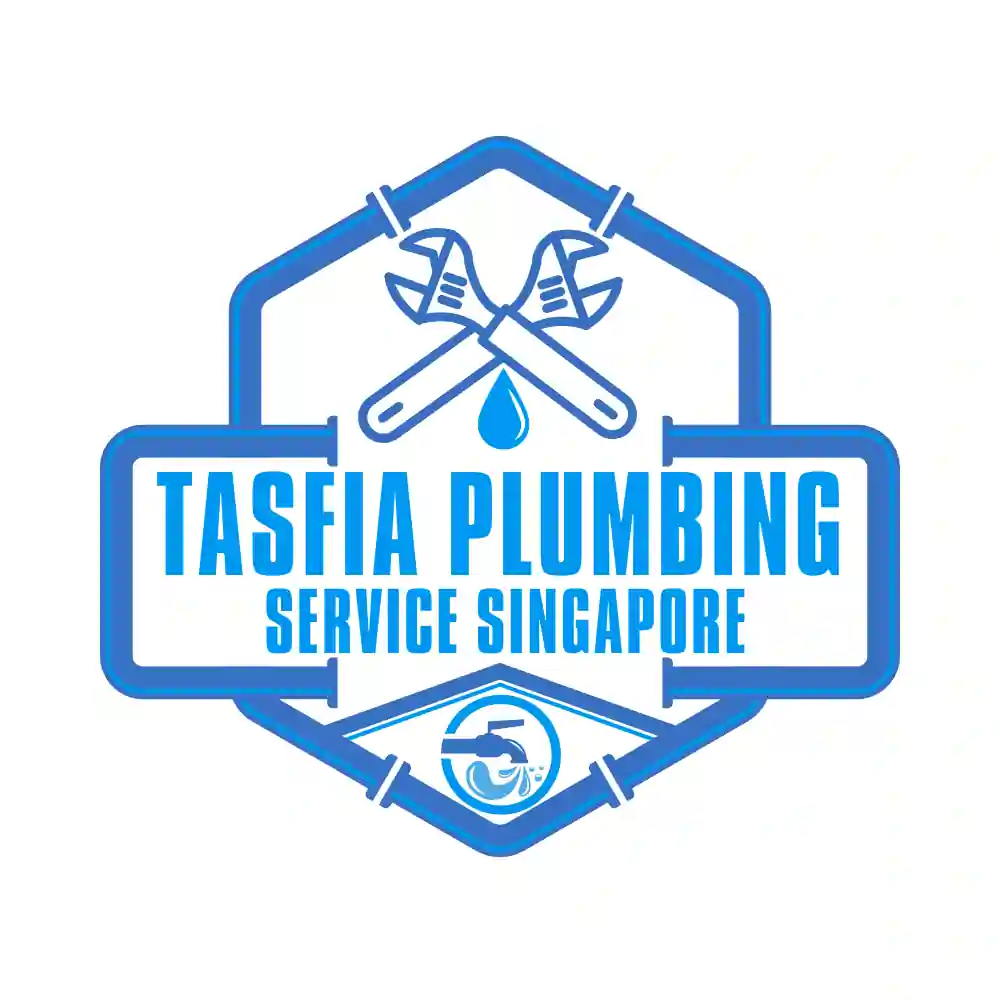

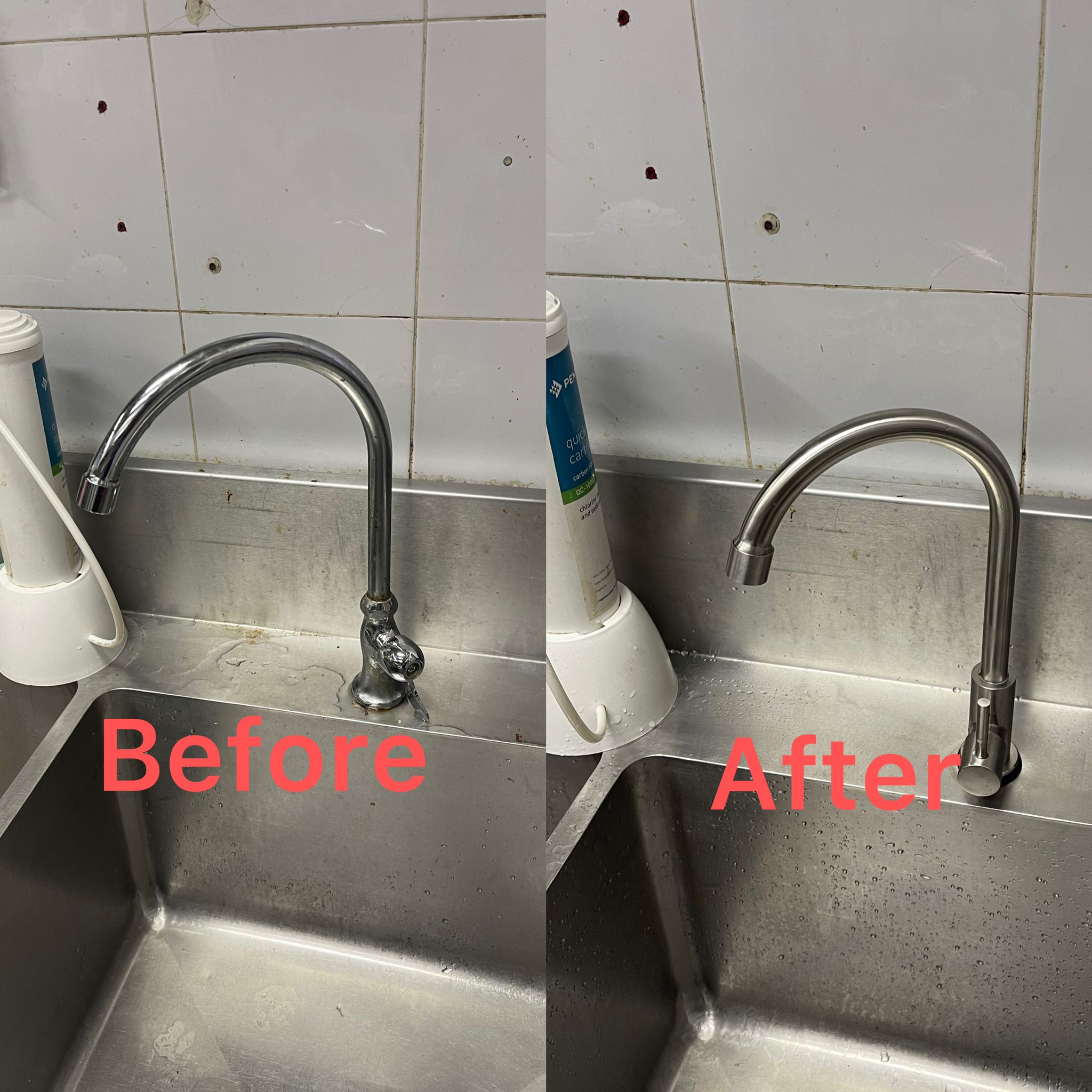

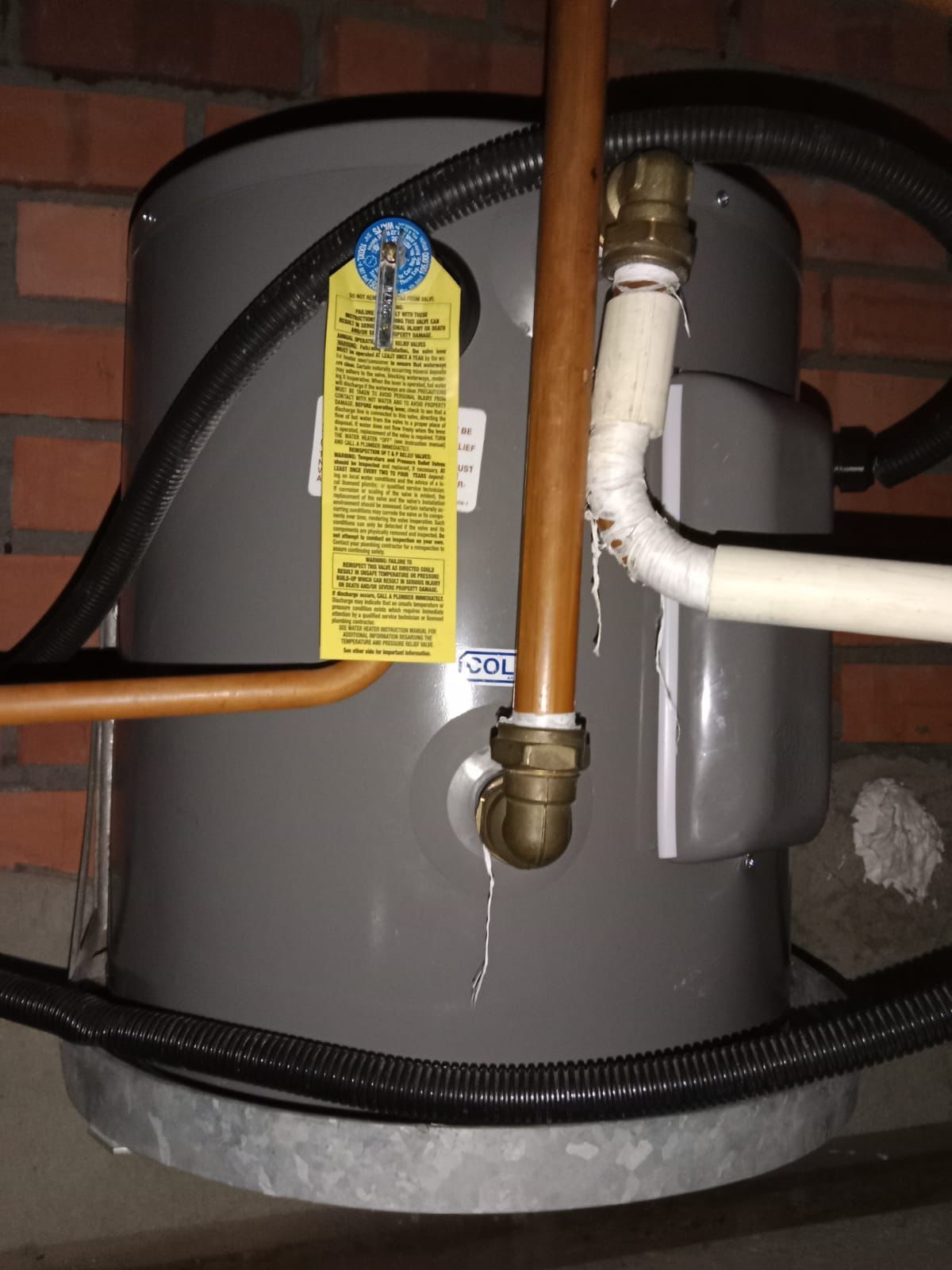
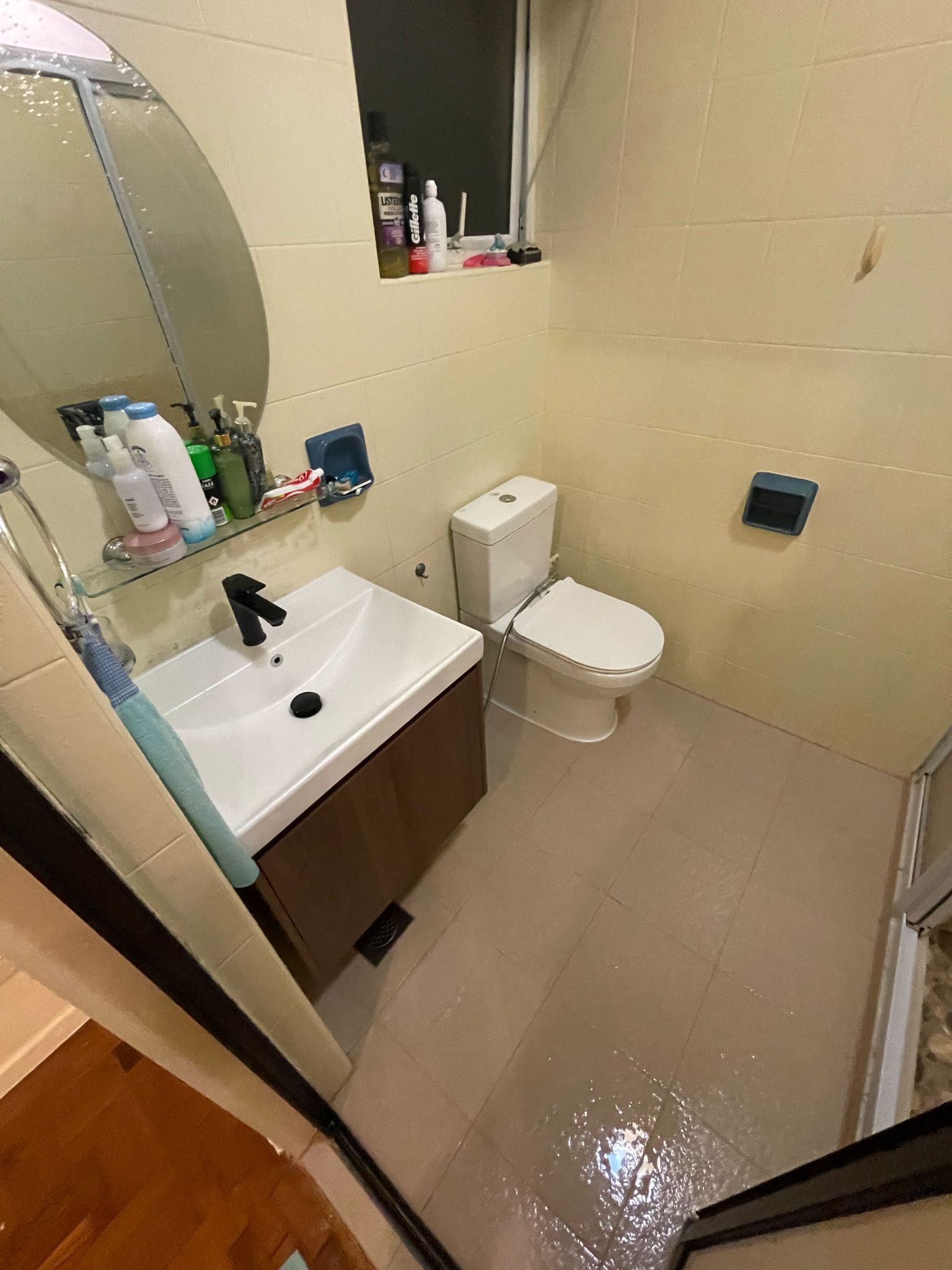
.png)

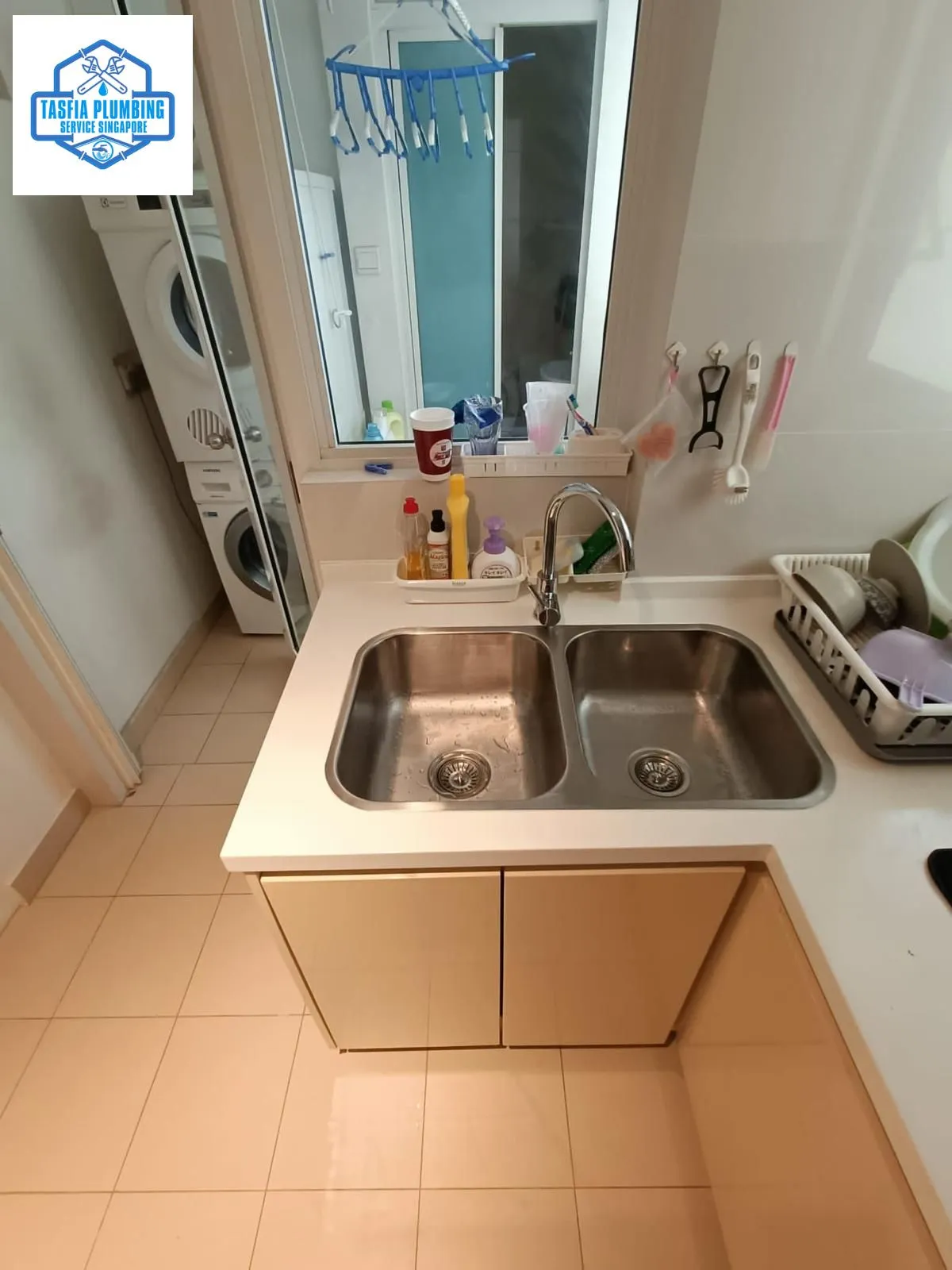

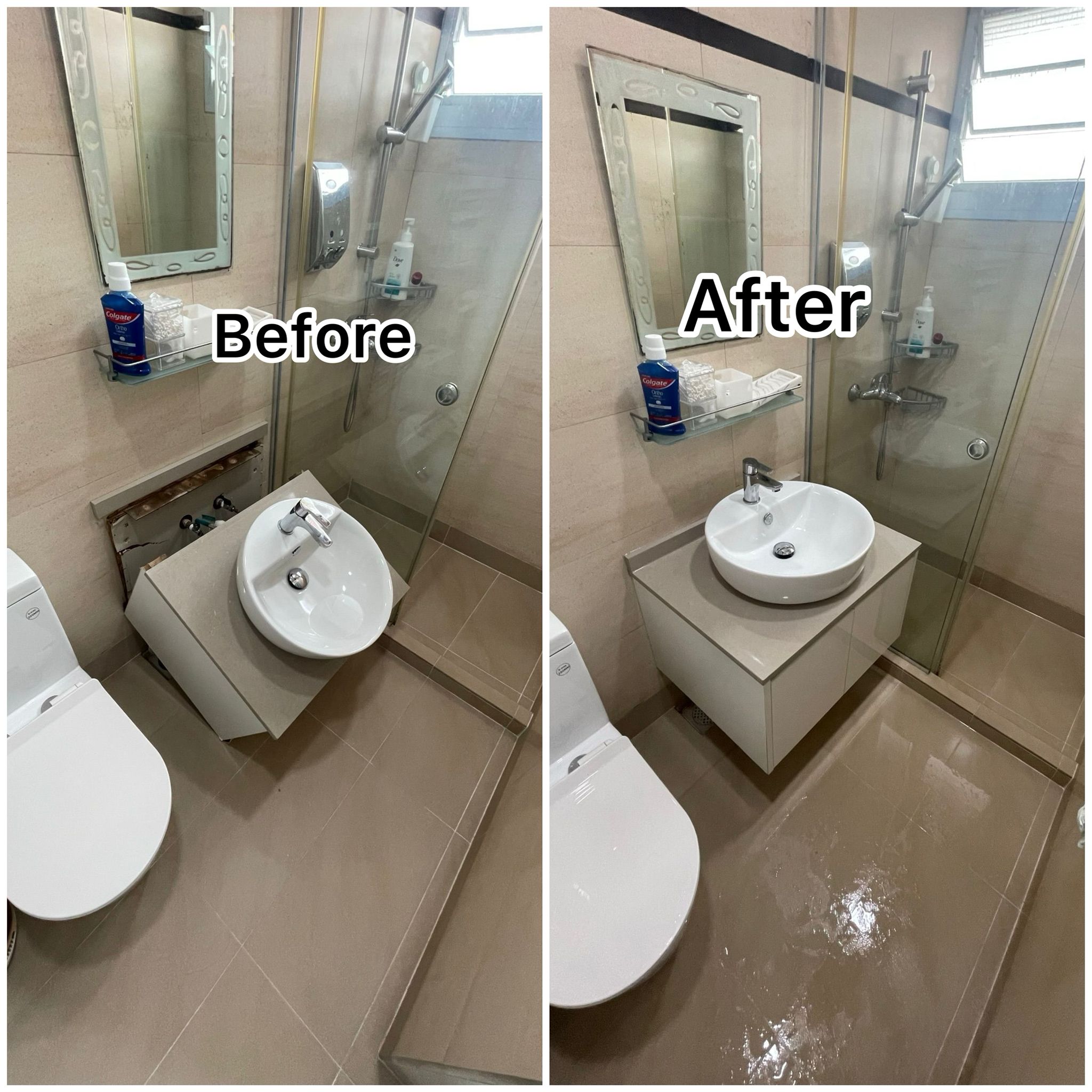
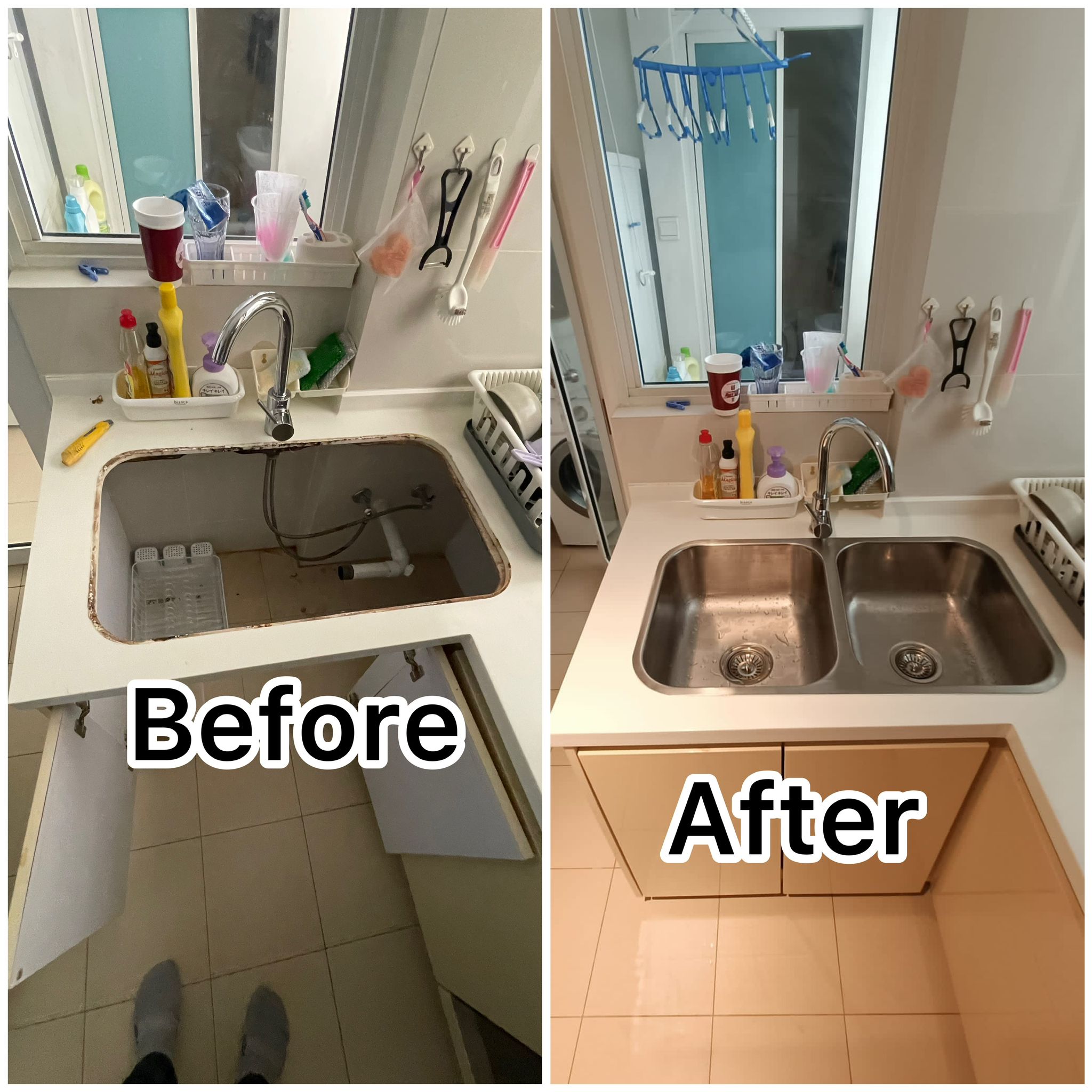


.webp)

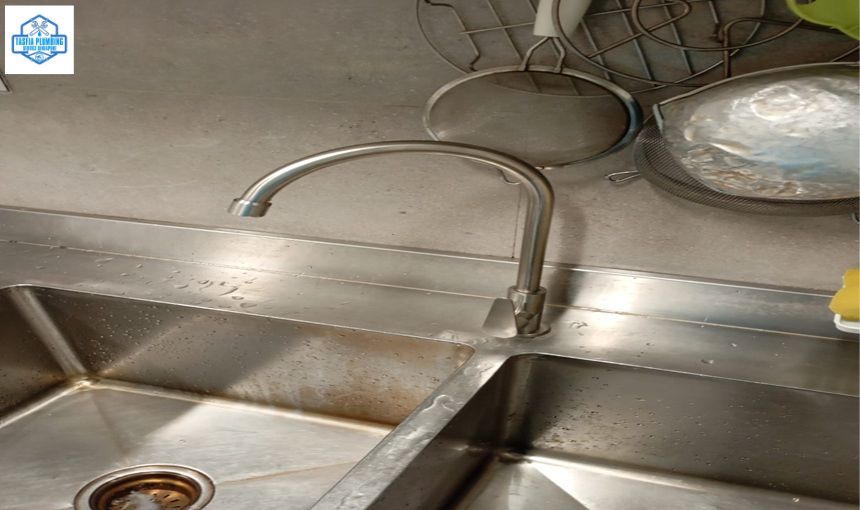
.jpg)
